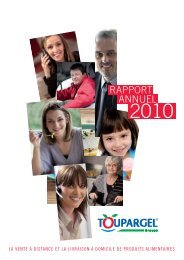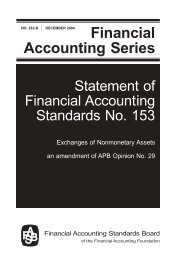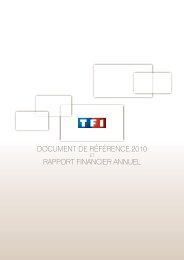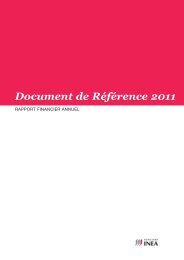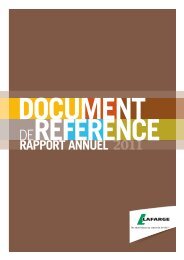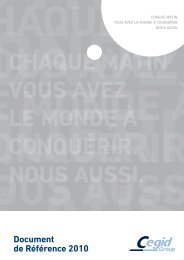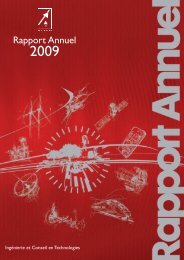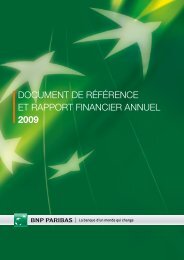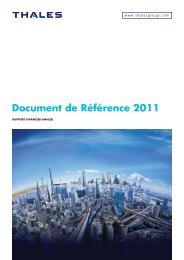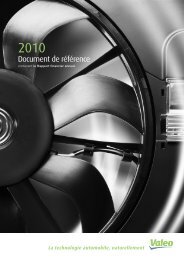Statement of Financial Accounting Standards No. 157 - Paper Audit ...
Statement of Financial Accounting Standards No. 157 - Paper Audit ...
Statement of Financial Accounting Standards No. 157 - Paper Audit ...
You also want an ePaper? Increase the reach of your titles
YUMPU automatically turns print PDFs into web optimized ePapers that Google loves.
participants. In that case, market participants would have the specialized<br />
machinery in place or would acquire the specialized machinery in conjunction<br />
with the inventory.<br />
d. The in-use valuation premise might be incorporated in the fair value <strong>of</strong> the asset<br />
through the valuation technique used to measure the fair value <strong>of</strong> the asset. For<br />
example, that might be the case when using the multiperiod excess earnings<br />
method to measure the fair value <strong>of</strong> certain intangible assets because that<br />
valuation technique specifically considers the contribution <strong>of</strong> any complementary<br />
assets in the group in which an intangible asset would be used.<br />
e. In more limited situations, the asset might be measured at an amount that<br />
approximates its fair value in-use when allocating the fair value <strong>of</strong> the asset<br />
group within which the asset is used to the individual assets <strong>of</strong> the group. For<br />
example, that might be the case if the valuation involves real property and the fair<br />
value <strong>of</strong> improved property (an asset group) is allocated to its component assets<br />
(such as land and improvements).<br />
Highest and Best Use<br />
A6. Highest and best use is a valuation concept that refers broadly to the use <strong>of</strong> an asset<br />
that would maximize the value <strong>of</strong> the asset or the group <strong>of</strong> assets in which the asset<br />
would be used by market participants. For some assets, in particular, nonfinancial<br />
assets, application <strong>of</strong> the highest-and-best-use concept could have a significant effect on<br />
the fair value measurement. Examples 1–3 illustrate the application <strong>of</strong> the highest-andbest-use<br />
concept in situations in which nonfinancial assets are newly acquired.<br />
Example 1—Asset Group<br />
A7. The reporting entity, a strategic buyer, acquires a group <strong>of</strong> assets (Assets A, B,<br />
and C) in a business combination. Asset C is billing s<strong>of</strong>tware developed by the acquired<br />
entity for its own use in conjunction with Assets A and B (related assets). The reporting<br />
entity measures the fair value <strong>of</strong> each <strong>of</strong> the assets individually, consistent with the<br />
specified unit <strong>of</strong> account for the assets. The reporting entity determines that each asset<br />
would provide maximum value to market participants principally through its use in<br />
combination with other assets as a group (highest and best use is in-use).<br />
A8. In this instance, the market in which the reporting entity would sell the assets is<br />
the market in which it initially acquired the assets (that is, the “entry” and “exit”<br />
markets from the perspective <strong>of</strong> the reporting entity are the same). Market participant<br />
buyers with whom the reporting entity would transact in that market have characteristics<br />
that are generally representative <strong>of</strong> both financial buyers and strategic buyers and<br />
19



